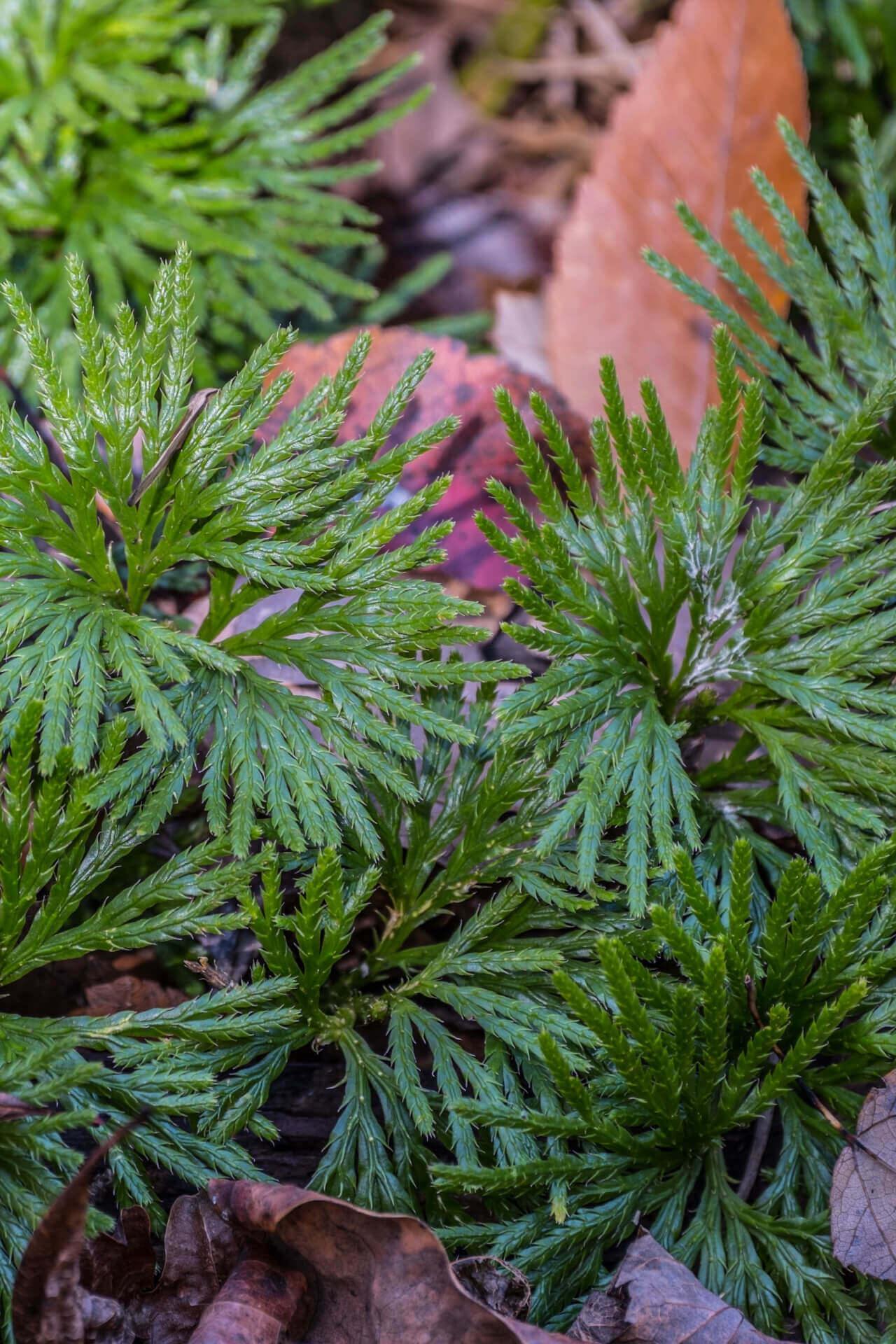Running Cedar
Running Cedar
| Order | Percentage Discount | ||
|---|---|---|---|
| 2-5 | 25% Off | ||
| 6-10 | 30% Off | ||
| 11-25 | 35% Off | ||
| 26-50 | 45% Off | ||
| 51+ | 65% Off | ||
Couldn't load pickup availability
5-7 Days
Under 12"
Full Shade
4-9
Groundcover
Bare-root
Running Cedar
Running Cedar is a plant species in the cypress family. It is commonly found in the eastern region of North America, particularly in the Appalachian Mountains. The scientific name of it is Diphasiastrum digitatum, also known as ground cedar, fan clubmoss, and running pine. This article will discuss its characteristics, uses, and significance.
Running Cedar's Plant Characteristics
It is a small evergreen plant that grows up to 6-8 inches tall. It has a creeping stem with tiny, scale-like leaves overlapping, giving the plant a unique appearance. The leaves are arranged in a flat, fan-like pattern that resembles the fronds of a fern. The plant produces a single, upright stem with small, cone-like structures containing spores for reproduction.
It is Essential to the Ecosystem
It Provides Shelter and Habitat for Various Small Animals and Insects. It also helps stop soil erosion and adds organic matter to the soil. The plant is also an indicator of the ecosystem's health as it is sensitive to changes in environmental conditions.
Benefits
It is a unique and significant plant species with medicinal and decorative uses. It plays a vital role in the ecosystem and indicates the environment's health. The plant's distinct appearance and characteristics make it valuable to any garden or landscape.
It is found throughout the U.S., from the Great Lakes to the hills of Tennessee. It is part of the family of clubmosses known as Lycopdodiaceae, found in forest and woodland areas where they enjoy shade. It does not grow to any substantial height.
Growth
It Spreads Across the Floor of the Woodland Area
The root system, known as runners, connects the plant to the soil and other branches. The plant is similar to the bough of the cedar tree, which gives It its common name due to its easy-to-identify appearance.
When grown in the wild, their runners are rarely seen because of the large number of leaves and other debris that litter the woodland floor. It is difficult to transplant because it grows extremely slowly and needs moist soil to help it grow.
Because of the location in which it generally grows, it requires as little sun as possible to grow effectively. A part shade planting area will help them grow effectively, with complete shade being the best option for optimum.
Each Summer, a large site emerges from the Running Cedar, growing directly upward and carrying the plant's seeds, usually held around by passing animals. Outside the Summer, they maintain the low-lying appearance that gives them the appearance of a conifer or fern.
Hardy Planting Zones - Four through seven
Bloom Season - Summer
Bloom Color - None
Height at Maturity - Less than six inches
Soil Type Preferred - Well-drained acidic soils
This Is How Your Plants Will Look upon Delivery
Shipping date depends on the date displayed and chosen when you order from the product's page.
We only accept returns on plants verified dead. If you think your plants have died, we offer a 1 year warranty, please use use this File a Claim Link to verify dead plants and start with return warranty process.




